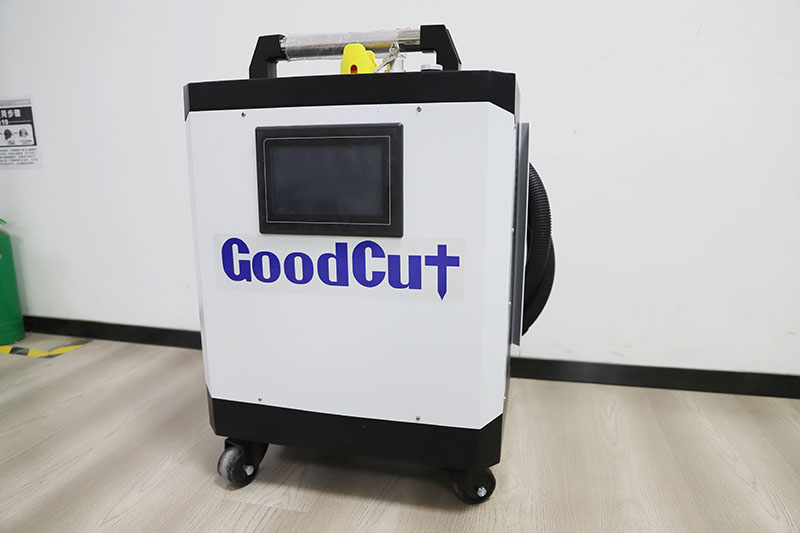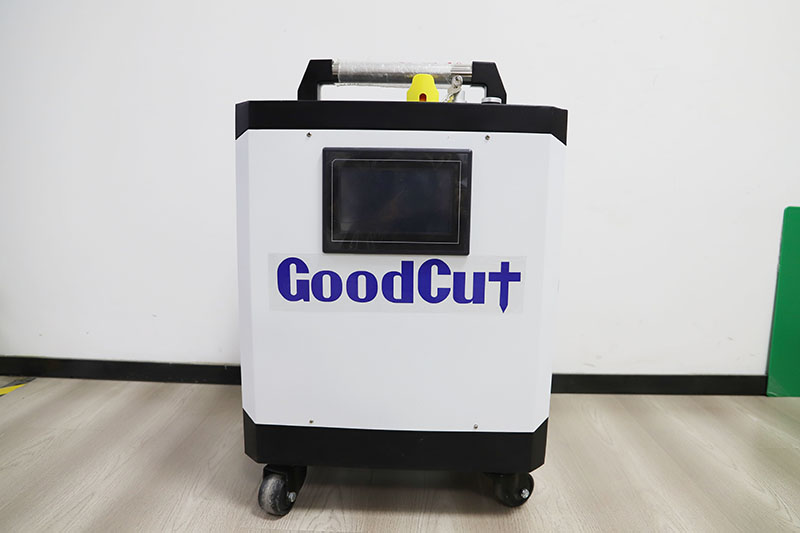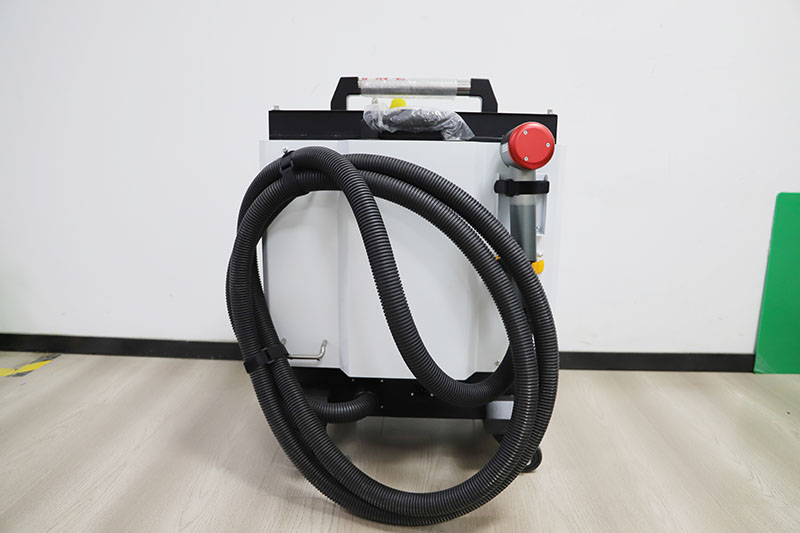
In recent years, laser cleaning machines have been gaining popularity across various industries. From removing rust and paint in the automotive and aerospace sectors to cleaning historical artifacts in the cultural heritage field, their versatility and effectiveness are truly remarkable. But what exactly is a laser cleaning machine, and how does it work? Let's dive in.
What is a Laser Cleaning Machine?
A laser cleaning machine is a high - tech device that uses laser beams to remove contaminants from the surface of materials. These contaminants can include rust, paint, oil, dirt, and other impurities.

The Technical Principle of Laser Cleaning
1. Photothermal Effect
The core principle behind laser cleaning is mainly based on the photothermal effect. When a high - energy laser beam irradiates the surface of a material with contaminants, the photons in the laser beam are absorbed by the contaminants. Since the contaminants and the base material usually have different absorption coefficients for the laser energy, the contaminants absorb a large amount of laser energy in a very short time. This rapid absorption of energy causes the temperature of the contaminants to rise sharply. As a result, the contaminants are rapidly heated to the point of vaporization or ablation, separating them from the surface of the base material.
2. Shock Wave Effect
In addition to the photothermal effect, the laser cleaning process also involves a shock - wave effect. When the laser pulse acts on the contaminants, the rapid heating and vaporization of the contaminants generate a high - pressure plasma. This plasma expands rapidly, generating a shock wave. The shock wave exerts a mechanical force on the contaminants, which helps to peel off the contaminants from the surface of the base material more effectively.
3. Thermal Stress Effect
Another factor contributing to laser cleaning is the thermal stress effect. The rapid heating of the contaminants by the laser beam causes them to expand rapidly. However, the base material, which absorbs less laser energy, expands much less. This difference in expansion between the contaminants and the base material creates thermal stress at the interface. When the thermal stress exceeds the adhesion force between the contaminants and the base material, the contaminants are separated from the surface of the base material.
Advantages of Laser Cleaning Machines
Non - Contact Cleaning: Laser cleaning is a non - contact process, which means there is no physical abrasion to the surface of the material being cleaned. This is especially important for delicate or precision components.
High Precision: It can accurately target and remove contaminants without affecting the surrounding areas, making it suitable for cleaning complex - shaped parts.
Environmentally Friendly: Laser cleaning does not produce chemical waste, and it is a dry - cleaning process, reducing the need for solvents and other cleaning agents that may be harmful to the environment.
Versatility: It can be used to clean a wide range of materials, including metals, ceramics, plastics, and even some organic materials.

Contact: Smile Ji
Wechat: 008618396857273
Whatsapp: 008618396857273
Tel: 008618396857273
Email: smileji@goodcutcnc.com
Add: 402 Jinxing Longsheng Building, High-tech district, Jinan City, Shandong Province, China